
As I research all these articles that I find important to make sure my facts are correct, I am running into a similar issue; I FIND IT VERY HARD TO FIND OUT ABOUT PUFFINS DYING DUE TO GLOBAL WARMING. Or opening up hunting on the Barred Owl as an experiment to try to save the Northern Spotted Owl. Or the plight of the Marbled Murrelet that I have written about. These things gnaw at me and become my focus. And I am not sure it is good for me.
I share this as I wonder how others cope with such depressing things? How do members of Green Peace go out in their small boats and tackle the killing of whales that happens right before their eyes? How do others deal with the decline of the rain forests which so many countries continue to destroy. Or Polar Bears...and on and on. How do some people trying to make a difference do so without getting depressed about it. It seems to be a very, steep, uphill battle.
I spoke with my friend about it and think I must focus on the positives, the success stories, when someone makes a difference, that come my way. Way too much negativity if I let it in. I find I cannot cope with short term thinking, anything for a buck, destruction of life.

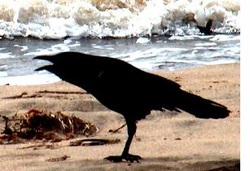
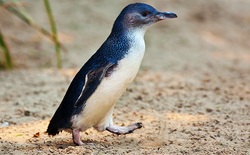
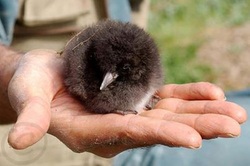


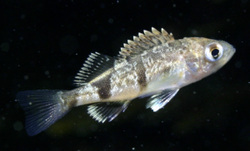
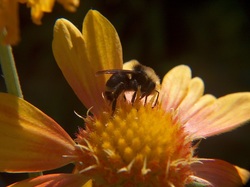
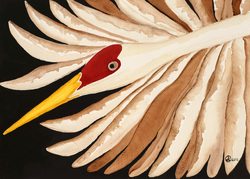
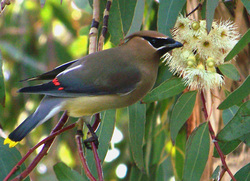
 RSS Feed
RSS Feed
